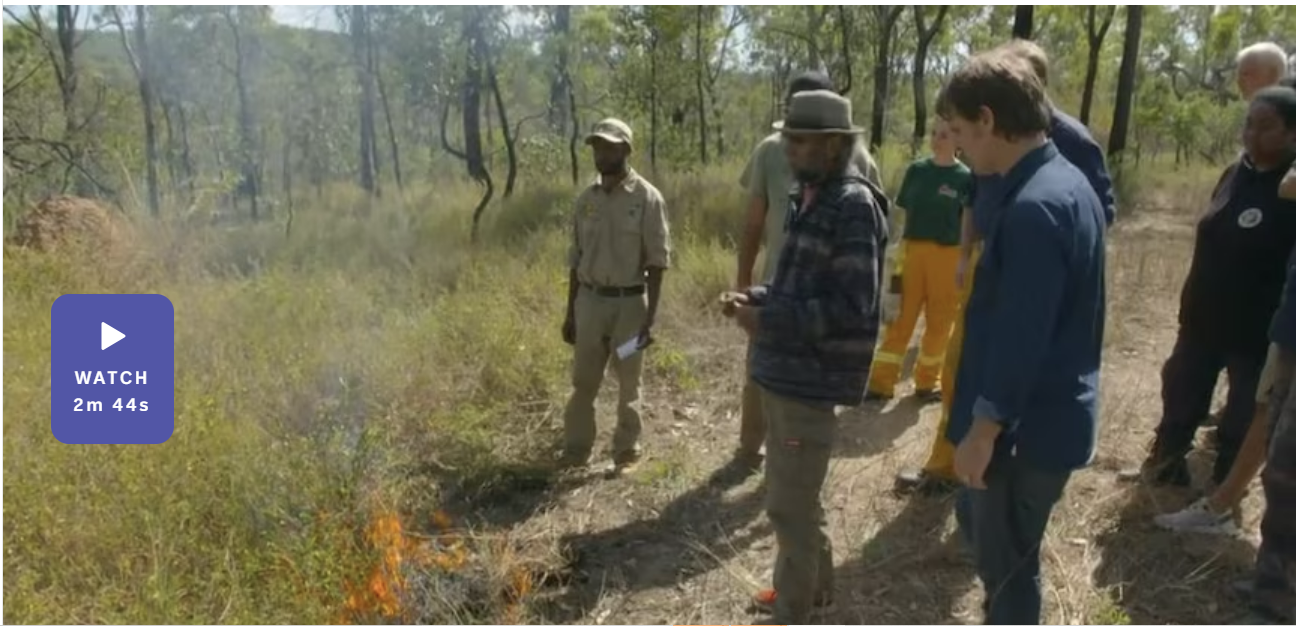Link to video resource:
https://www.abc.net.au/education/big-weather-benefits-of-indigenous-fire-practices/13660896

Suitable for Years: 3–4, 5–6, 7–8, 9–10
The Big Weather resources include information and images about natural hazards (including bushfires and floods) that some students may find distressing. Educators should ensure that they preview this content to ensure it meets the needs of their students.
These discussion notes have been provided by the Australian Institute for Disaster Resilience (AIDR). AIDR is supported by its partners the Australian Government Department of Home Affairs, AFAC and the Australian Red Cross.